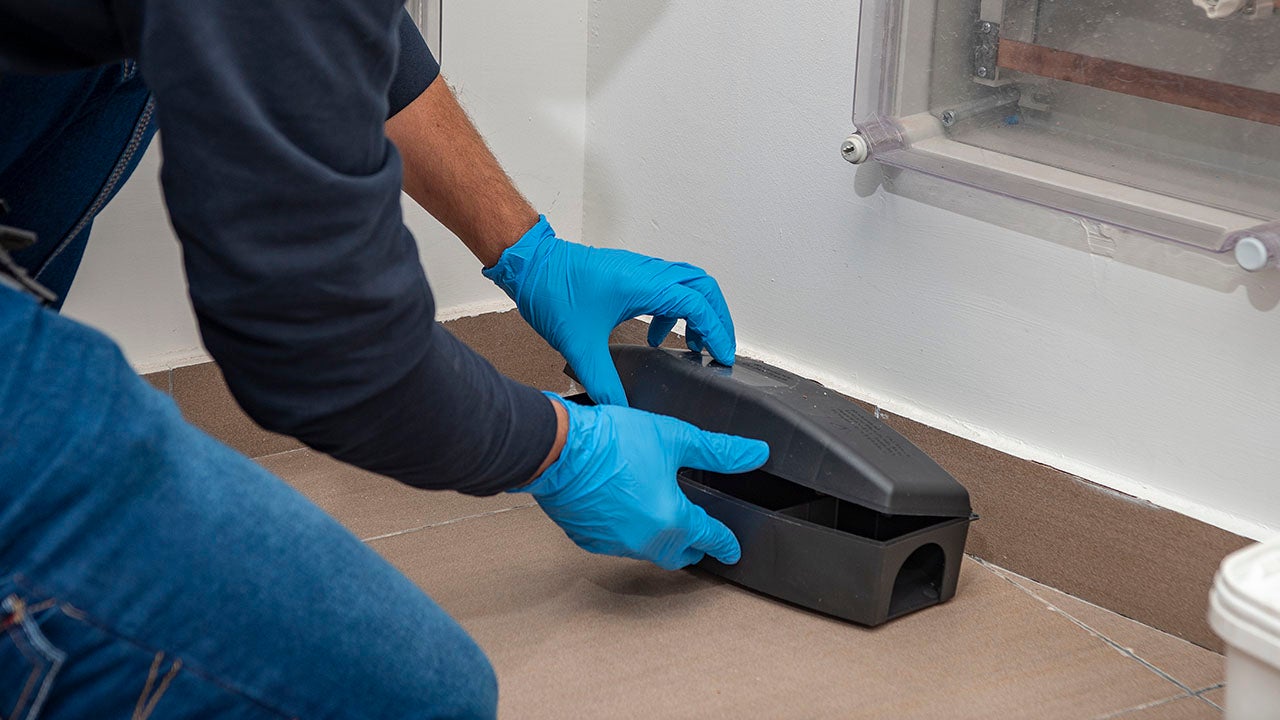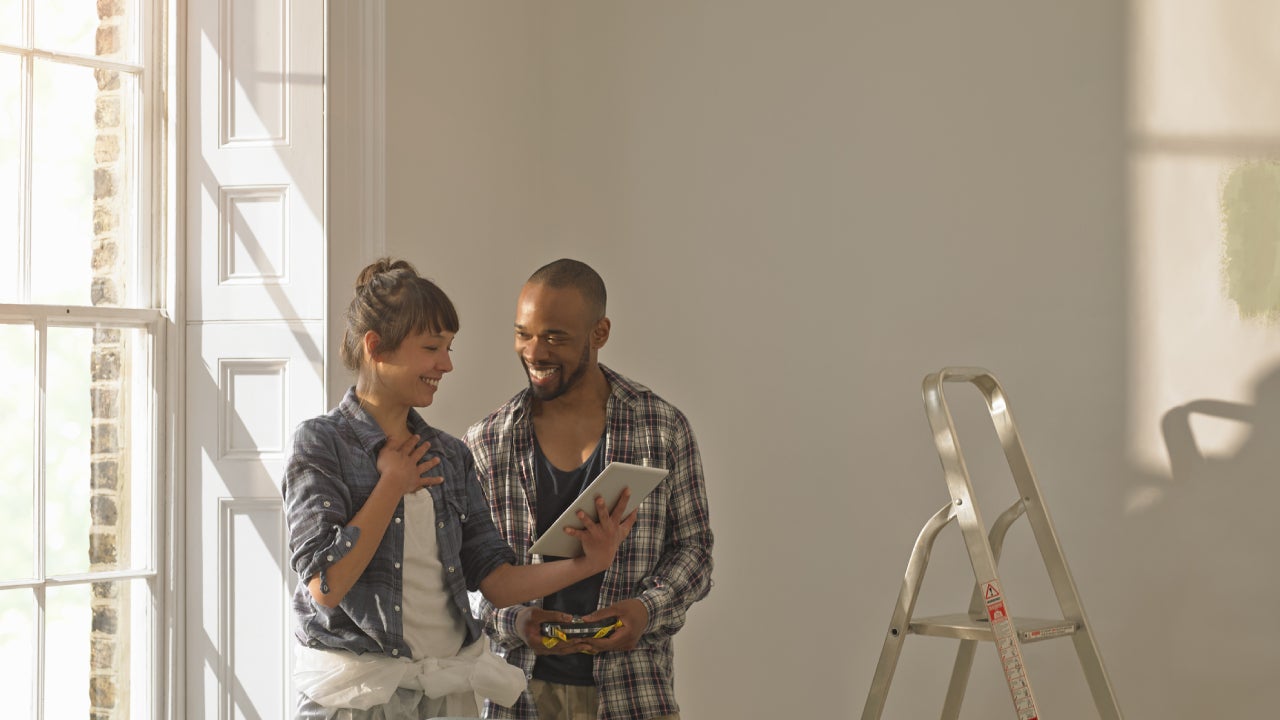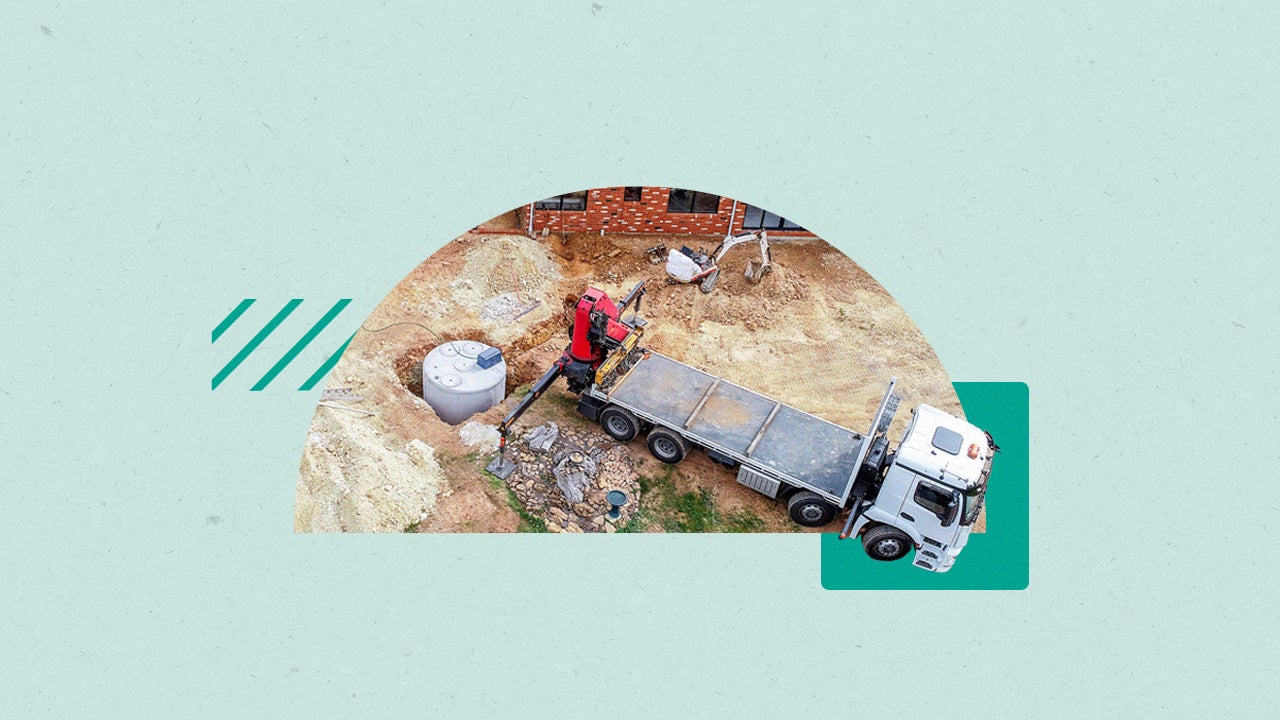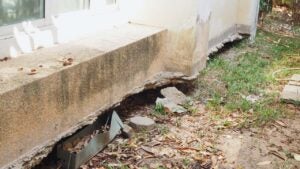Does homeowners insurance cover plumbing?




Key takeaways
- Homeowners insurance typically provides coverage for plumbing damage and leaks when they occur suddenly and unintentionally.
- Most standard homeowners insurance policies exclude coverage for plumbing issues resulting from wear and tear and homeowner negligence.
- Some insurers offer optional endorsements that provide additional plumbing insurance coverage.
- Regular maintenance of your plumbing system can help prevent emergency plumbing repairs and plumbing-related homeowners insurance claims.
If you’ve been dealing with one plumbing issue after another, you might be wondering if you can get your home insurance to foot the bill. In this guide, we’ll explain the situations when it might and the plumbing issues that are typically excluded from home insurance coverage.
Does home insurance cover plumbing?
In some cases, your plumbing issue might be covered through a standard homeowners insurance policy. Specifically, if the plumbing problem is a result of an accident, rather than neglect, the repairs may be covered. For example, if your area has freezing temperatures and a pipe bursts even though you tried to prevent it, your home insurance will likely cover the repairs.
If you have these coverage types, your plumbing expenses may be covered:
- Dwelling coverage: Insurance typically pays for repairs to your home’s structure. For instance, if your pipes burst, your provider would likely pay for repairs to your home’s floors, cabinets, and walls, but only up to your policy limit.
- Other structures coverage: If you have a shed, garage, or workshop that’s not attached to your home, your insurance may pay for plumbing repairs if there’s a covered incident.
- Personal property coverage: Again, if you make a claim for a covered loss, your insurance provider will likely pay to replace personal property that was damaged by sudden water damage up to your policy’s limits.
- Additional living expenses coverage: Filing a covered claim can also include temporary housing expenses, restaurant or grocery bills, or pet boarding if you can’t stay in your home while it’s being repaired.
When does home insurance not cover plumbing?
If you haven’t been maintaining your home, your insurance provider probably won’t approve your claim. In fact, your insurer will not cover plumbing claims caused by:
- Long-term leaks: Leaky pipes are a homeowner’s responsibility to repair before they cause major damage, like burst pipes.
- Negligence: Homeowners are expected to take reasonable steps to protect their homes from damage, so if you didn’t keep your home warm enough during the winter and pipes froze or burst, your insurer will most likely deny your claim for plumbing repairs.
- Old plumbing: As a homeowner, it’s your responsibility to update your plumbing if it’s aging or signs of wear and tear (like rust or corrosion) are visible.
- Sump pump failure: Your insurance provider may give you the option to purchase additional sump pump or water backup coverage that is not included in your standard homeowners policy.
- Storm surges and floods: If you live in a region where flooding or damage from storm surges is possible, you may want to purchase a separate flood insurance policy or add an endorsement since these damages aren’t part of a standard homeowners policy.
Learn more: How to dispute home insurance claim denials and settlements
What additional coverage options are available for plumbing issues?
Many insurance providers allow you to customize your home insurance policy so more plumbing-related perils are covered. These are a few of your possible options:
- Water or sewer backup: If a sewer line backs up into your home or onto your property, this coverage can help pay for plumbing expenses.
- Sump pump backup: Some homes, especially those on floodplains, have sump pumps that remove water from the lowest point of the house. If your home’s sump pump stops working and your home is flooded, this is typically covered under a water/sewer backup endorsement. But some home insurers may offer a separate sump pump backup endorsement.
- Service line coverage: Many homeowners are unaware that utility lines on their property may need to be replaced. These can include water, steam, sewer and drain pipes, so this endorsement can pay for these replacements.
How to avoid leaking pipes and other plumbing damage
Preventing plumbing damage and leaks in your home involves a proactive approach. Here are some steps you can take:
Install a leak detection device
Consider installing a flow-based leak detection system that automatically shuts off the water supply when a leak is detected. Some devices may even send alerts to your phone to notify you of a potential issue.
Maintain your HVAC systems
Ensure your HVAC systems are functioning optimally by keeping the drip pans clean and the drain lines free from any obstructions and flowing correctly. If there are any filters, they should be replaced at regular intervals.
Inspect and replace appliances regularly
Regularly check your washing machine, dishwasher, ice maker and garbage disposal for leaks. When it comes to appliances, prevention is often the easiest way to mitigate costly repairs. It may be helpful to set a calendar reminder to replace hoses and other connection lines regularly.
Keep gutters and downspouts clean
Regularly clean out gutters to prevent blockage, and clean your downspouts to allow water to move through. Home experts recommend cleaning your gutters at least once every six months.
Monitor your home’s water pressure
Use a water pressure gauge to measure your home’s water pressure. Generally speaking, anything from 40 to 80 psi is considered normal. If you’re unsure about your water pressure, it may be helpful to consult an expert.
Familiarize yourself with the location of your water main and how to shut it off, especially if you plan to vacate your home for a period of time.
Replace old plumbing
If your home’s plumbing is visibly old and showing signs of wear and tear, you might consider replacing it before there are any issues. If you’re on the fence about whether to overhaul your entire plumbing system, you can make an appointment with a licensed home inspector or licensed plumber, who can provide a professional recommendation about what to do.
Monitor tree growth
If you have any trees that are close to your home, keep a close eye on growth rate to avoid letting root systems damage your plumbing. Doing research on tree variety can also help you identify whether the species is prone to extensive root growth.
Insulate your plumbing and prep for winter
Pipe insulation can prevent both cold and hot pipes from freezing in the winter. Typically, insulators are fairly easy to install yourself, or you can contact a professional for help. If you live somewhere temperatures regularly drop to below freezing, you can prepare your home for winter with the following steps:
- Keep your thermostat at or above 60 degrees, even when you’re not home.
- Blow out your sprinkler systems.
- Turn off the water supply to outdoor spigots and leave drain valves open.
- Protect exposed pipes for irrigation systems.
If you plan to be away for an extended period during the winter, it’s a good idea to have a trusted friend or neighbor come check your home every once in a while for plumbing problems. Experts also recommend leaving cabinets and interior doors open in your home to allow heat to reach all the rooms and walls — especially if you live in a cold climate.
Claims process for plumbing issues
Before you submit a claim to your home insurance provider for a plumbing repair, you may want to determine if the damage is covered by your home insurance policy (or your endorsement). If you’re unsure if the damage will be covered, consider contacting your insurance agent for assistance.
If your situation is covered, here are the steps you’ll probably need to take to file a claim:
- Attempt to stop further water damage: It might not be possible depending on the cause of the problem, but try to protect your home from further water damage.
- Submit a claim with your insurance provider: Some insurance providers allow you submit a claim online or via an app where you can track the claims process, but you might also be able to submit one in person or over the phone. Some insurers require you to file your claim through their insurance agent versus directly through the carrier. You’ll typically need to provide contact details and an explanation of the damage.
- Remove the water immediately: You may need to hire a professional company to remove water and thoroughly dry the space before mold has a chance to grow.
- Gather documentation: To assist your claim, you may want to take photos of the damage and gather receipts or repair logs of maintenance you’ve had done.
- Work with the insurance adjuster: Your insurance provider will usually send an adjuster to inspect and document the damage before approving your claim.
- Hire a plumber and make necessary repairs: You can either wait to receive your insurance payout or pay for the repairs out of pocket and get reimbursed. You may want to work closely with your insurance provider to learn about a repayment timeline so you can begin repairs.
Frequently asked questions
Why we ask for feedback Your feedback helps us improve our content and services. It takes less than a minute to complete.
Your responses are anonymous and will only be used for improving our website.
You may also like

Does home insurance cover rat damage?

Does homeowners insurance cover renovations?

Does homeowners insurance cover septic tanks?

Does homeowners insurance cover foundation repair?
